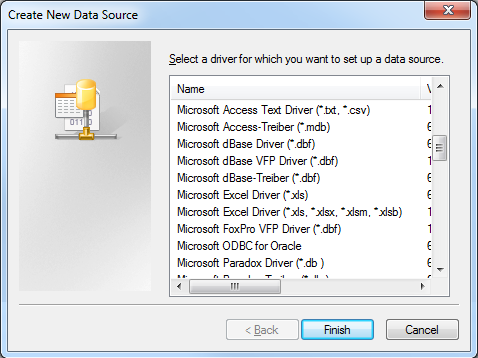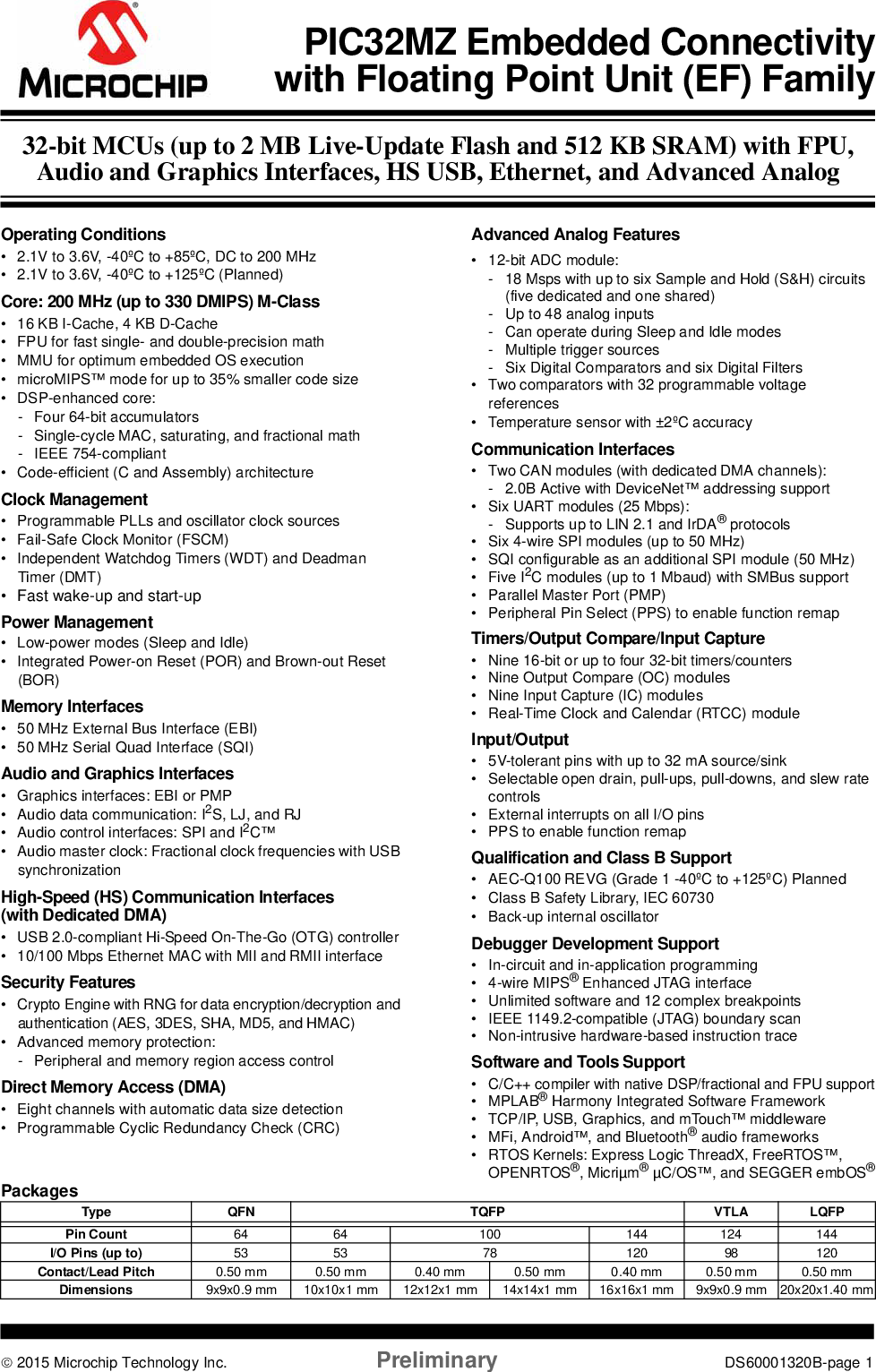A FreeRTOS+TCP port for PIC32 microcontrollers.
- Pic32 Legacy Peripheral Libraries Mac Install 2017
- Pic32 Legacy Peripheral Libraries Mac Install Problems
- Pic32 Legacy Peripheral Libraries Mac Install Problems
Project structure
Requirements
Jan 08, 2018 Install “PIC32 Peripheral LIbrary” (You have to download it first) When you install PIC32 Peripheral Library, it will try to install itself in XC32/1.40 folder but you have to change that. This is the trick that you have to apply. Simply supply it the path to XC32 folder, which must already exist and continue with the installation. The XC32 compiler is available in a free edition as either the legacy MPIDE compiler or the core compiler. The core compiler is a requirement for newer chip families such as the PIC32MM but doesn't include the legacy microchip libraries to build older projects. Choose Installer. If you are installing the compiler for use on your machine only, click on the radio button next to Install compiler. If you have a network license and are installing on a server, click on the radio button next to Install the Network License Server. Nov 05, 2019 Install the XC32 compiler.first. so that below directories have been created. PIC32 Legacy peripheral libraries are compatible with XC32 V1.40 or later. Unzip the attached ' PIC32 Legacy Peripheral Librariesraw.zip' and overwrite below folders in xc32 folder. Docs pic32-libs pic32mx. The installer also does the same. Now you are ready to work with PIC32 peripheral Libraries in MAC OS system. Sep 13, 2019 Two libraries are available: 1. In MPLAB Harmony, there is a CAN demo in the following folder: C:microchipharmonyappsexamplesperipheralcanechosend 2. A second library can be found in the PLIB (PIC32 Legacy Peripheral Libraries) package. Jul 05, 2019 You don't need MPLAB Harmony, the Microchip Legacy Peripheral Libraries or Microchip Libraries for Applications. How to build. In the root folder (marked $ in the project structure above), you will need to copy/unpack the FreeRTOS and FreeRTOS+FAT source code. Put the FreeRTOS+FAT source in the FreeRTOS-Plus directory.
To use the source code as-is, you need one of the following Starter Kits:
- PIC32 Ethernet Starter Kit, Microchip part no. DM320004.
- PIC32MZ EC Starter Kit w/ Crypto Engine, Microchip part no. DM320006-C.
- PIC32MZ Embedded Connectivity with FPU (EF) Start Kit (Crypto), Microchip part no. DM320007-C.
- PIC32MZ Embedded Graphics with External DRAM (DA) Starter Kit (Crypto), Microchip part no. DM320008-C.
The Ethernet module is the same across the PIC32 range and this driver has been verified to work on PIC32MX795F512L, PIC32MZ2048ECM144, PIC32MZ2048EFM144 and PIC32MZ2064DAB288. The supported Ethernet PHYs include DP83848, LAN8740A and LAN9303.
[Note: the source code should compile and run on the non-crypto variants of the PIC32MZ Starter Kits but project settings will need to be changed.]
Pic32 Legacy Peripheral Libraries Mac Install 2017
[Note: the replacement for DM320004, Microchip part no. DM320004-2, has minimal changes to the circuits but does use a different PHY from the original.]
The following software and source code packages are required:
- MPLAB X IDE version 5.20 or later.
- MPLAB XC32 Compiler version 2.20 or later.
- FreeRTOS source code version 10.2.1.
- FreeRTOS+FAT source code version 160919a-MIT.
[Note: there are fixes for FreeRTOS+TCP and FreeRTOS+FAT that have not been released officially yet. See the known issues section for more info.]
Non-requirements
You don't need MPLAB Harmony, the Microchip Legacy Peripheral Libraries or Microchip Libraries for Applications.
How to build
In the root folder (marked
$in the project structure above), you will need to copy/unpack the FreeRTOS and FreeRTOS+FAT source code. Put the FreeRTOS+FAT source in the FreeRTOS-Plus directory. Alternatively, create symbolic links to the locations of the source trees. For example on Windows:mklink /d FreeRTOS '%USERPROFILE%DocumentsFreeRTOSv10.2.1FreeRTOS'mklink /d FreeRTOS-Plus '%USERPROFILE%DocumentsFreeRTOSv10.2.1FreeRTOS-Plus'mklink /d FreeRTOS-PlusSourceFreeRTOS-Plus-FAT '%USERPROFILE%DocumentsFreeRTOS-Plus-FAT-160919a-MIT'Using MPLABX IDE, open the projects
CLI,FAT,RTOSandTCPIP.For each project, select the required configuration and then build. The available configurations are
MZ_DAB,MZ_EFM,MZ_ECMandMX_795corresponding to the microcontroller type on each Starter Kit.Finally, load the project called
Science. Again, select the required configuration and build. Use the Run command in the IDE to program the microcontroller.
Known issues
A couple of bugs in FreeRTOS+TCP and FreeRTOS+FAT can result in heap corruption or an exception. Use unoffical code releases that can be found here: https://sourceforge.net/p/freertos/discussion/382005/thread/c27aeb20b5/ and also manually apply the modification described here: https://sourceforge.net/p/freertos/discussion/382005/thread/6e3856e518/
Compiler versions later than v1.44 would sometimes output the assembler code in PIC32Arch.h incorrectly (bad register allocations) depending on optimisation settings etc. This accounts for reports that the driver was not working. A modification to the constraints seems to have cured this problem for v2.20 but has only been tested using -O0 and -O1.

The FTP and web server are dependent on FreeRTOS+FAT. If you don't need that functionality, you can eliminate the dependency by excluding the source files for those components in the TCPIP project.
How to use
The program presents a terminal interface via UART2 and a command line interface on TCP port 12345. The PIC32 EF Starter Kit includes a MCP2221 USB to UART converter chip so you can use either interface. For the other kits, you can only use the TCP CLI unless you're willing to add a RS232 interface via the expansion connector.
The UART terminal interface was mainly used for testing and debugging so there are statistics displays and register dumps (which should give you an idea of the sort of things that weren't working at various points in time). When the driver began to work, it was used for experimentation and investigation.

The Packet Test task was used to evaluate performance and latency. The LEDs are toggled at various points in time. By using a scope, you can get an idea of how the stack and the hardware are performing. For example, if one Starter Kit is configured as the transmitter and another as a receiver, you can probe LED1 on the transmitter to see when the timer interrupt triggered and probe LED3 on the receiver to see when the packet arrived.
The web server and FTP server parts of the FreeRTOS+TCP demo will also run on the PIC32. The web server demo files are stored in a blob containing a FAT file system prepared using Linux. This blob resides in Flash and is mounted in /www. I hacked ff_format.c to allow the RAM disk to be formatted with FAT12. This allows a small RAM disk to be created that will pass the vCreateAndVerifyExampleFiles() test from the FreeRTOS+TCP demo. The RAM disk is mounted in /ram. This arrangement reduces RAM usage considerably and allows the demo to work on the MX class microcontroller too.
Ethernet driver
Pic32 Legacy Peripheral Libraries Mac Install Problems
The driver consists of the following files:
The FreeRTOS+TCP configuration defined in FreeRTOSIPConfig.h must contain the following directives for correct operation:
Unless you are using an already supported PHY, you will need to create a small driver. Three drivers are provided: one for the DP83848 PHY used in the MX Starter Kit, one for the LAN8740A PHY used in the MZ Starter Kits and a simple LAN9303 driver. Note that this implementation assumes the PHY interrupt line is connected to the microcontroller to detect link state change events. PHY support is needed to use Wake-on-LAN or the Ethernet cable diagnostics - only the LAN8740A has all of these features. All PHYs allow the interface to be brought up and down (powered off).
The following configuration parameters are available. Values without defaults must be configured:
ipconfigPIC32_TX_DMA_DESCRIPTORS - number of transmit DMA descriptors, defaults to 10ipconfigPIC32_RX_DMA_DESCRIPTORS - number of receive DMA descriptors, defaults to 20ipconfigPIC32_MIIM_MANAGEMENT_MAX_CLK_HZ - maximum MDC clock speed allowed by the PHY, defaults to 2.5 MHzipconfigPIC32_MIIM_SOURCE_CLOCK_HZ - for the MZ only: frequency of TPBCLK5ipconfigPIC32_DRV_TASK_PRIORITY - driver task priorityipconfigPIC32_DRV_TASK_STACK_SIZE - driver task stack size in wordsipconfigPIC32_ETH_INT_PRIORITY - Ethernet controller interrupt priorityipconfigPIC32_DRV_TASK_BLOCK_TICKS - maximum time the driver waits for stack resources, defaults to portMAX_DELAY
If you want to use one of the built-in PHY drivers, you can set the following configuration parameter:
ipconfigPIC32_PHY_DRIVER - One of: PIC32_PHY_DRIVER_DP83848, PIC32_PHY_DRIVER_LAN8740A, PIC32_PHY_DRIVER_LAN9303
The following configuration parameters describe the hardware configuration of your PHY:
Pic32 Legacy Peripheral Libraries Mac Install Problems
ipconfigPIC32_PHY_ADDRESS - PHY MII addressipconfigPIC32_PHY_INTERRUPT_VECTOR - PIC32 interrupt vector for the PHY interruptipconfigPIC32_PHY_ASSERT_HW_RESET() - Optional code to put the PHY in resetipconfigPIC32_PHY_CLEAR_HW_RESET() - Optional code to release the PHY from resetipconfigPIC32_PHY_ENABLE_INTERRUPT() - Prepare the PIC32 to accept PHY interruptsipconfigPIC32_PHY_DISABLE_INTERRUPT() - Mask PHY interruptsipconfigPIC32_PHY_CLEAR_INTERRUPT() - Acknowledge the PHY interrupt after processing